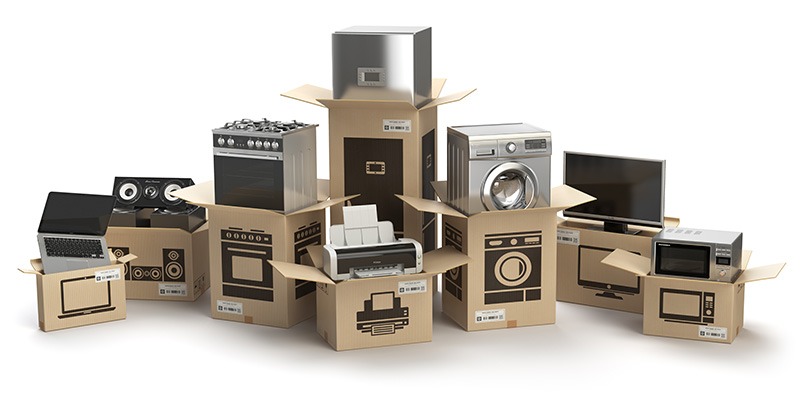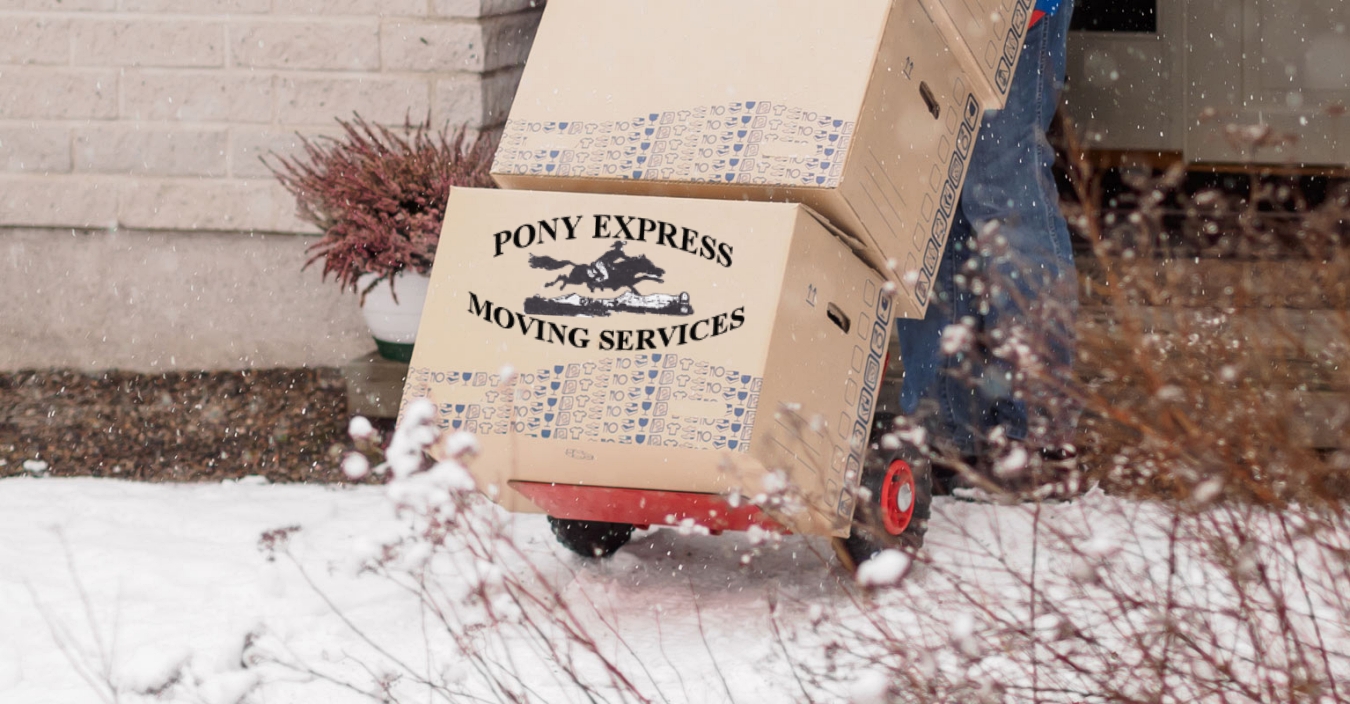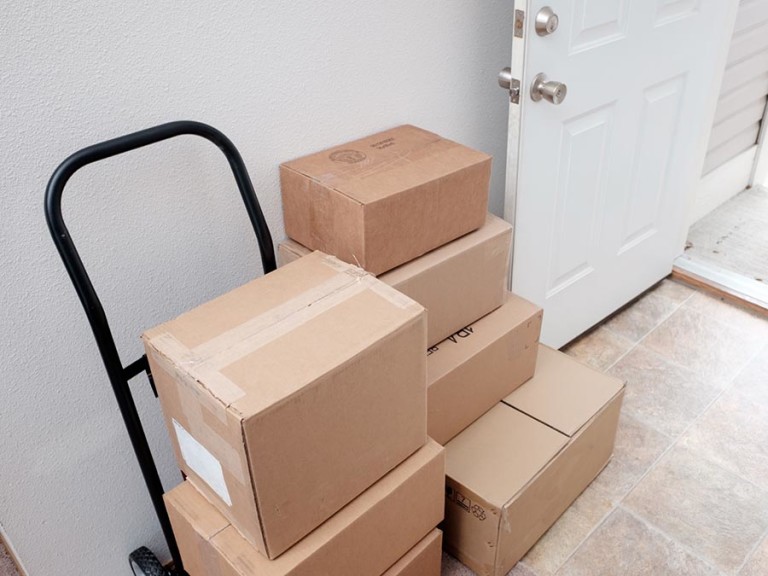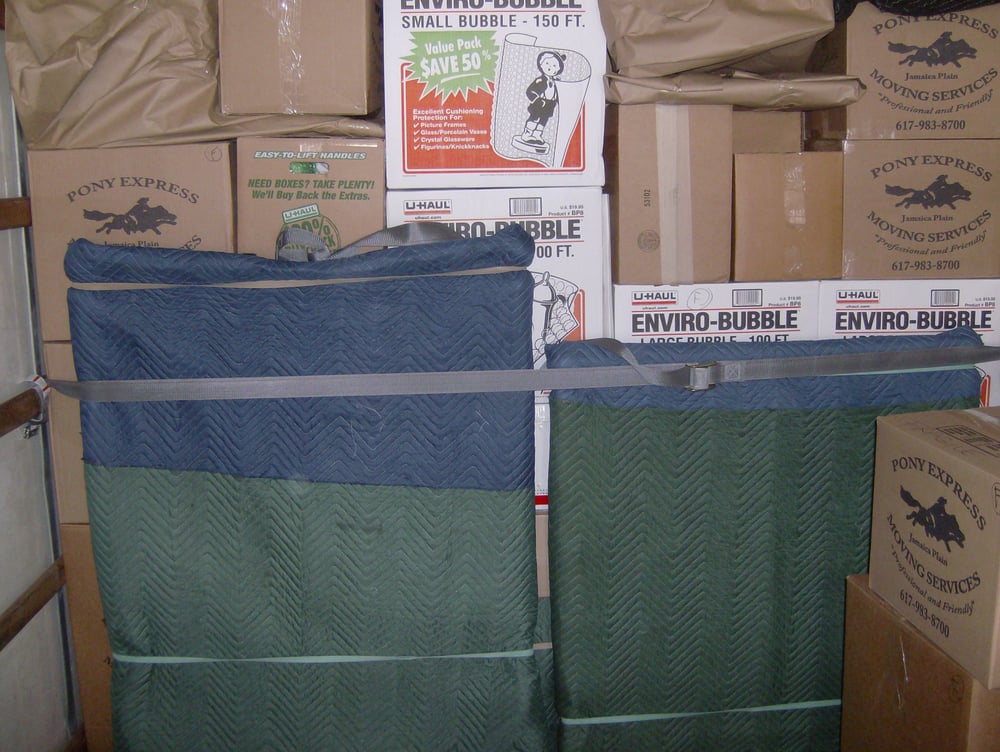You may have heard or read on numerous occasions that the entire process of moving house can be a really stressful experience – an event riddled with unexpected and chaotic turns and twists that can rarely be controlled.
And to make things even more challenging than they really are, you must definitely be aware of the fact that moving all of your possessions from one home to another is also a rather expensive business to start with.
Add high moving costs to the stress of relocation and you get a dangerous combination that should be handled with much care. It is no wonder then that everyone’s desperately looking for the cheapest way to move across country.
If you yourself are moving on a budget, then you either know or suspect how difficult the road ahead of you will be. But don’t despair as the following cheap moving tips, ideas and tricks have been designed with one single purpose in mind: to help you move for less and thus save hard earned money on your local or cross country move.
Ready to learn how to move cheaply?

Control your moving expenses
To know how to move cheaply will prove very beneficial for you when it’s time to pay up the moving bill, but the entire moving saving idea should come from the creation of a relocation budget in the first place.
A personal moving budget will help you distribute your money properly among the tasks ahead of you, and more importantly – it will alert you when a specific job requires more financial resources to be completed. This way, you will have a much better control on your spending and will be able to apply minor fixes to make sure the money you have set aside in the beginning is enough.
Select the best time to move out
If you have a certain amount of flexibility about choosing your moving date, then use that unique chance as one of your major cheap moving strategies. If you book your move very early, your mover may be willing to give you a price discount for early booking. If you select your move-out day during the off-peak moving season (September-May), you’re likely to get a killer deal around 20-30% off the standard moving companies rates, or even more.
Another budget-friendly moving tip is to avoid scheduling your moving date on national holidays, weekends, and the beginning and end of a month.
Save time to save money
Time is money, won’t you agree? Probably the simplest cheap moving idea you can use to your advantage when moving house is to organize your time in a clever way so that you end up saving huge chunks of time. And, by freeing more time on your schedule, you’ll be able to do more work or maybe even have a deserving rest period.
Create a moving calendar to fully utilize every hour of every day so that Moving day won’t catch you unprepared. Consult regularly with that moving checklist of yours and in no time you’ll be saving money by saving time.
Find the cheapest rates available
There are a number of good ways to move cheaply, and the cheapest way to move long distance is to find and hire the services of an affordable cross country mover. Now, it’s no secret that that’s much easier said than done but if you do your homework right, you can do it.
Invest some time in hunting down long distance movers with excellent reputation, request accurate price estimates from each one of them, compare the moving quotes very carefully, and go with the company that has offered the best conditions in terms of price and additional services.
Move less stuff across the country
Of all the tips for moving on a budget you may ever get, the best money saving advice is as clear as day: move only the things you’ll use again in the near future and get rid of what’s left. It’s very simple, really – the overall weight of your shipment determines how much you’ll pay in the end.
So, if you haven’t used some items in more than a year or you have completely forgotten about their existence, why would you want to pay to ship to across country to another home? Sort out your unwanted items, de-clutter your home and pack only the things that make sense for you.
Sell your unwanted items to make money
Knowing how to save money when moving house is good but knowing how to make money before moving out is even better. You just must consider turning your unwanted stuff into cash – extra money that will fuel your moving adventure to a successful end.
Once you’ve made up your mind what to take with you, organize a yard sale for all the things you’re leaving behind. Also, you can sell those no longer needed items online through specialized websites such as Facebook Marketplace, Craigslist etc.
Either way, use the earned money towards your moving expenses.
Get moving boxes for free
You may find it a bit hard to believe but your biggest single expense when packing up your home will be the cardboard boxes. The good news for you is that out of all the cheap moving tips, ideas and tricks, the one about finding free moving boxes has been actually proven to work.
You don’t have to pay for your cardboard boxes, at least not for all of them. Get good second-hand cardboard containers from friends who have recently moved house or get them for the asking from local businesses which are required to recycle all the boxes they don’t need anyway. Just think of all the money you’ll save this way!
Don’t pay for most packing materials
Speaking of money saving tips, did you know that your home is probably full of packing supplies which you can effectively use as an alternative to the ones your movers will bring? They won’t have the same high quality as professional packing supplies, but at least they will be 100% free of charge.
Baskets, buckets, trash cans, suitcases, drawers, and bags as moving containers, and blankets, bed sheets, towels, socks and other pieces of clothing as wrapping and cushioning materials. Also, you are free to use newspapers as a padding material as long as you don’t use the newsprint directly over delicate items with even more delicate surface.
Pack all you can by yourself
Regardless of whether you’re still looking for the cheapest way to move short distance or you’ve already found the cheapest way to move long distance, it’s the arduous process of packing that will make the most difference price-wise.
If don’t own any special and valuable items that require individual packing services by professional packers (a piano, for example), then you may as well attempt to pack up your home by yourself (and a few loyal friends, of course). If you can somehow manage to not pay for professional packers, then you’re sure to save tons of money on your local or cross country move.
Explore your job relocation options
If you’re moving across country for work, then the company you work for may be willing to pay a certain amount towards your moving expenses. Sometimes, your company may choose to cover all of your relocation costs, which is the ideal job relocation scenario.
Either way, if you’re moving soon, don’t forget to at least bring up the issue and try to negotiate your full or partial moving cost compensation. It never hurts to ask, right?
See if you’re eligible for tax deduction
If you happen to be moving across country for a full-time job and your new work place will be located less than 50 miles from your new home, then it’s possible that you be eligible for certain tax deduction related to your packing, transportation and storage expenses. That’s a monetary bonus you should not refuse, especially when you’re desperately looking for the cheapest way to move out of state.
Keep all of your receipts and documents relative to the cross country move and, upon your arrival, get in touch with a qualified tax consultant to check your tax deduction eligibility.
Be thrifty right after the move
Needless to say, your top priority when moving to another house in another part of the country is to use proven cheap moving tips and money saving tricks to keep as many dollar bills as possible, both in your wallet and bank account. However, your efforts to make your move cheaper should continue during the immediate post-move period as well. If not, then your genuine attempts to find the cheapest ways to move across the country could have been wasted.
Resist the strong temptation to purchase new things for your new home right after you’ve moved in. The adrenaline of having moved house successfully may easily temp you to overspend. Don’t do it. Instead, wait awhile until you are 100% sure you actually need whatever it is that you intend to buy.
Save money with Pony Express Moving Services. Lower prices than traditional moving companies and you don’t have to drive! Free moving quotes.
 Pony Express Moving Services has been a trusted service provider for years, offering local and long-distance moving and storage services for commercial and residential customers. While spring may be the perfect time to schedule your move, relocation is a complex process at any time of the year. For this reason, our helpful experts at Pony Express Moving Services have gathered together this list of tips to help you make your spring move a whole lot easier.
Pony Express Moving Services has been a trusted service provider for years, offering local and long-distance moving and storage services for commercial and residential customers. While spring may be the perfect time to schedule your move, relocation is a complex process at any time of the year. For this reason, our helpful experts at Pony Express Moving Services have gathered together this list of tips to help you make your spring move a whole lot easier.
 Audio and Video Components
Audio and Video Components Use Your Tech for Good
Use Your Tech for Good If moving in winter doesn’t sound exciting to you, we can’t blame you. Moving in winter is not such a horrible idea. There are positive sides to it. Because most companies have winter rates and summer rates, you can benefit from these discounts! Most people move in the summer, so you will find quite a few discounts available during the cold months. When you schedule a winter
If moving in winter doesn’t sound exciting to you, we can’t blame you. Moving in winter is not such a horrible idea. There are positive sides to it. Because most companies have winter rates and summer rates, you can benefit from these discounts! Most people move in the summer, so you will find quite a few discounts available during the cold months. When you schedule a winter  Planning the Moving Cross Country
Planning the Moving Cross Country
 Ask any expert and they will tell you that summer is the most popular time of year to move. Moving is strenuous at the best of times, but doing so during the summer adds it’s own set of challenges. When moving in summer you’ll need to give a little bit of extra thought to logistics and how to keep cool. Here are some tips to make your move in the summer a breeze.
Ask any expert and they will tell you that summer is the most popular time of year to move. Moving is strenuous at the best of times, but doing so during the summer adds it’s own set of challenges. When moving in summer you’ll need to give a little bit of extra thought to logistics and how to keep cool. Here are some tips to make your move in the summer a breeze.



